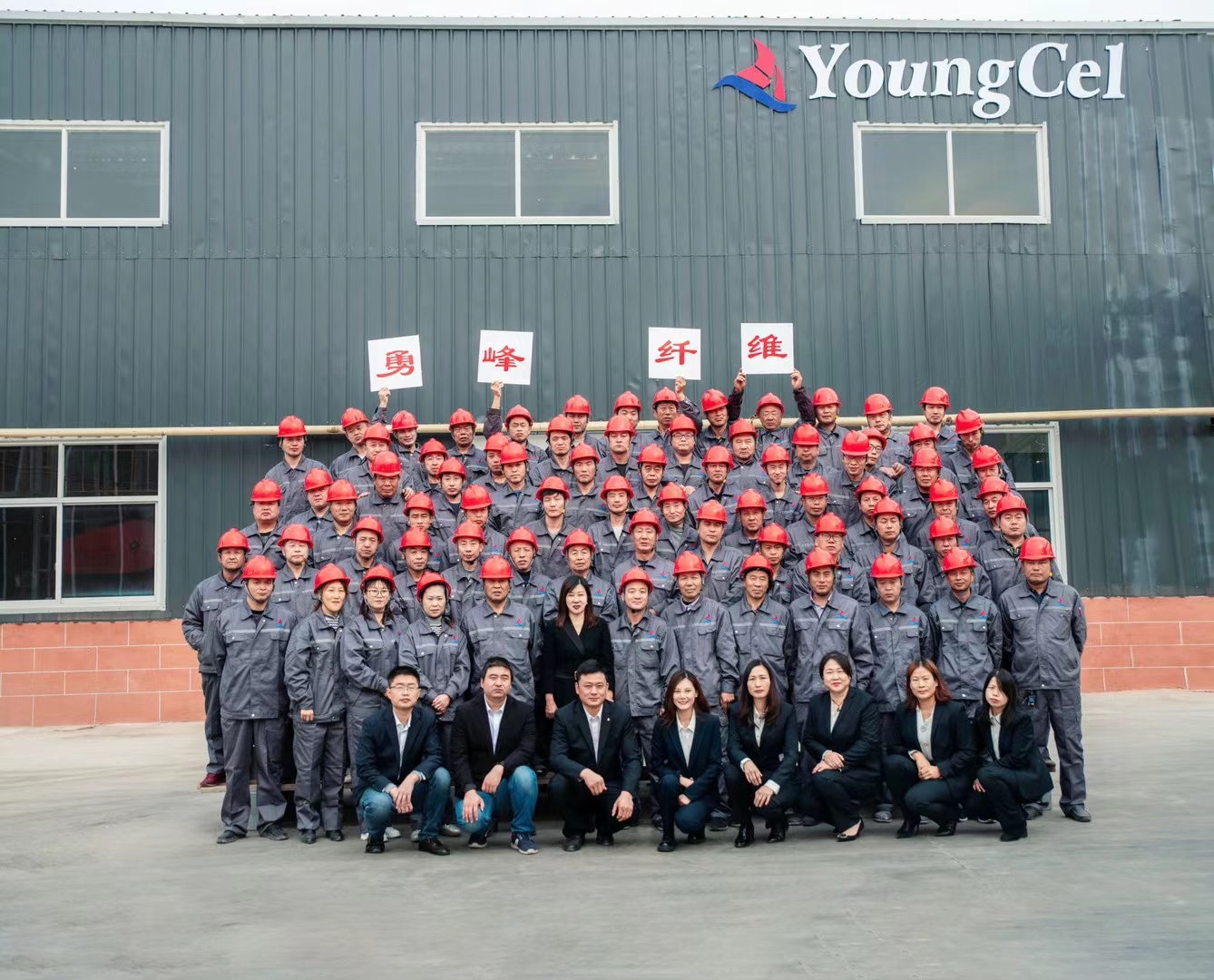China HPMC An Overview of Hydroxypropyl Methylcellulose and Its Applications
Hydroxypropyl Methylcellulose (HPMC) is a versatile and widely used cellulose derivative that plays a significant role in various industries, including construction, pharmaceuticals, food, and personal care products. As one of the prominent cellulose ethers, HPMC is known for its unique properties such as solubility in water, viscosity, film-forming ability, and biodegradability. This article explores the importance of HPMC in China, its production processes, applications, and market trends.
Production of HPMC in China
China stands as one of the largest producers of HPMC in the world. The country's extensive manufacturing infrastructure, combined with access to raw materials such as cellulose, allows for large-scale production of high-quality HPMC. The synthesis of HPMC involves the hydroxypropylation and methylation of cellulose, which is sourced from renewable plant materials. The production facilities in China utilize advanced technologies and processes to ensure that the final product meets international quality standards.
The expanding demand for HPMC is attributed to its multifunctionality. It acts as a thickening agent, binding agent, stabilizer, and emulsifier, meeting the diverse needs of various industries. Given its effectiveness and eco-friendliness, the market for HPMC continues to grow, presenting significant opportunities for manufacturers and suppliers within China.
Applications of HPMC
1. Construction Industry HPMC is widely used in construction materials, particularly in tile adhesives, cement-based mortars, and gypsum plasters. Its ability to enhance workability, adhesion, and water retention is highly valued. HPMC improves the flexibility and durability of construction materials, making it an essential additive in modern building practices.
china hpmc

2. Pharmaceuticals In the pharmaceutical industry, HPMC acts as a drug delivery agent, film coating agent, and thickening agent in various formulations. It is often used in hydrophilic controlled-release drug systems, providing a sustained release of active ingredients. Additionally, HPMC is employed in the production of tablets, capsules, and other dosage forms due to its non-toxic and hypoallergenic properties.
3. Food Industry HPMC is increasingly utilized as a food additive, where it serves as a thickener, stabilizer, and emulsifier. It is particularly common in products like ice cream, sauces, and dressings. Its ability to retain moisture and improve texture enhances the overall quality of food products, while its non-caloric nature makes it an appealing choice for health-conscious consumers.
4. Personal Care Products The cosmetics and personal care sector also benefits from HPMC. It is found in lotions, creams, shampoos, and other formulations, where it serves as a thickener and stabilizer. HPMC's properties help to create a smooth texture and improve the spreadability of products, enhancing the user experience.
Market Trends and Future Outlook
The global market for HPMC is projected to grow significantly, driven by increasing demand across various sectors. In China, government support for industrial development and innovation in cellulose-based products is expected to foster further growth in HPMC production. Additionally, the rising awareness of environmentally friendly and sustainable materials is likely to propel the use of HPMC, given its biodegradable nature.
As industries evolve, there will be a greater focus on the development of specialized HPMC grades tailored to specific applications. Innovations in product formulations and processing techniques could lead to improvements in performance and functionality, ensuring that HPMC remains a vital material in a wide array of applications.
In conclusion, HPMC is a crucial player in multiple industries, with significant contributions emerging from China's vast production capabilities. Its diverse applications, coupled with the increasing emphasis on sustainability, position HPMC as a key ingredient for the future. As the market continues to expand, investment in research and development will be essential to harness the full potential of this remarkable cellulose derivative.
-
HEC 100000 Hydroxyethylcellulose for Paint | Superior ThickeningNewsAug.30,2025
-
Wall Putty Rdp Powder Packaging DesignNewsAug.29,2025
-
Introduction to Hpmc Hydroxypropyl Methyl CellulosNewsAug.29,2025
-
Hpmc Industri Grade IntegrationNewsAug.29,2025
-
How to Choose the Right Construction AdhesiveNewsAug.29,2025
-
Construction Adhesive StrengthNewsAug.29,2025




